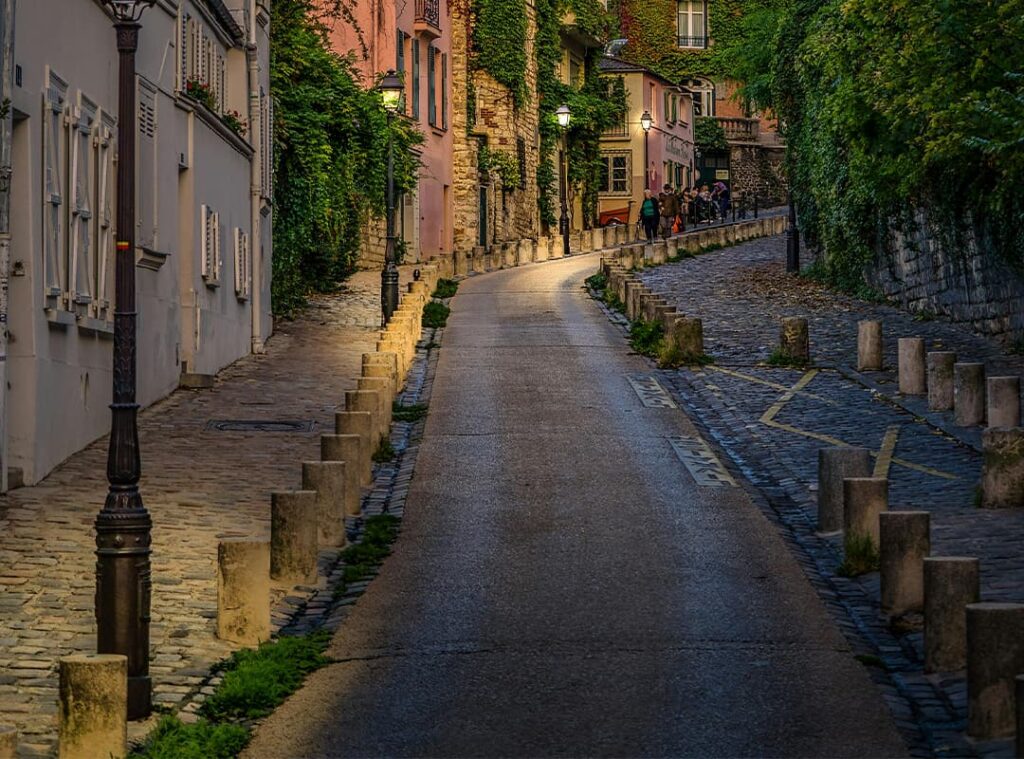Placerville, California (population 10,300) is located in the foothills of the Sierra Nevada Mountains. In 1848, gold was discovered on the American River near Placerville. The gold rush quickly settled the town, soon known as Diggins’ Dry, and by 1854 it was the third most populous in the state.
A very strong economy developed, and by the early 1850s the town had a fire department, post office, newspaper, Pony Express office, and Wells Fargo. Among the prominent individuals who arrived were Mark Twain, Levi Strauss, and John Studebaker. Those who engaged in illegal activities met their end by hanging. In 1854, the name of Dry Diggins was changed to Old Hangtown, and it became the center of El Dorado County. The name was later changed to Placerville, reflecting the town’s gold mining heritage.
Placerville was and still is the center of the Mother Lode and the gateway to the Sierras and the central valley of California. With the decline of mining, the timber industry, cattle ranching, and agriculture, including orchards and vineyards, flourished.
Main Street in Placerville still has most of the buildings from the 1800s, and Gangtown Creek, where the 49ers prospected for gold, still flows through the town. The town’s Gold Bug Mine and Museum showcases the history of gold mining in the area. The El Dorado County Historical Society owns and operates the Fountain and Tallman Museum in one of the oldest structures (1852) still standing on Placerville’s Main Street. In 2012, the inventory of historic resources was digitized and linked to the city’s website for easy community access.
Each year when the Wagon Train Parade arrives, the city proudly honors its historic past. The Wagon Train and ground ride have been a Placerville community program for 63 years. The wagons typically assemble on the south shore of Lake Tahoe in Zephyr Cove, Nevada, in early June and then travel through the Sierra Nevada Mountains along the same route taken by early frontier travelers in the 1840s.
Authentically dressed participants, dressed as frontiersmen and women, miners, cowboys, Native Americans and Pony Express riders, are welcomed into communities along the route, which ends in Placerville. Local organizations and politicians join the procession, and storefronts along Main Street are adorned with historical displays. Many locals and merchants dress in western clothing, stage living history reenactments, and sponsor related activities such as dancing, cooking, and gold panning for children. A large number of visitors and locals visit the city’s businesses, enjoying the heritage celebration.
